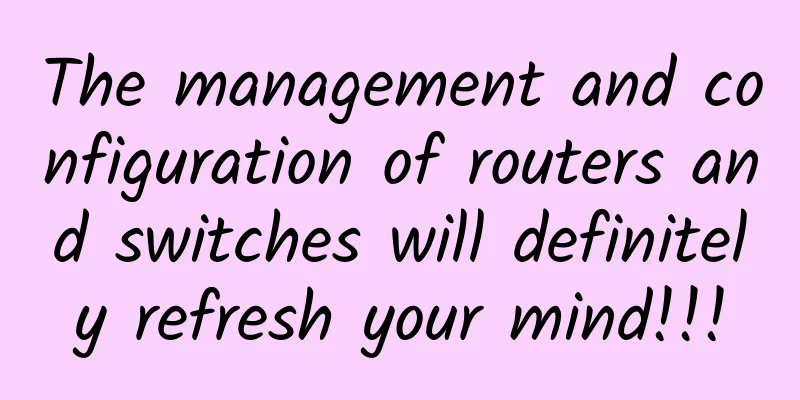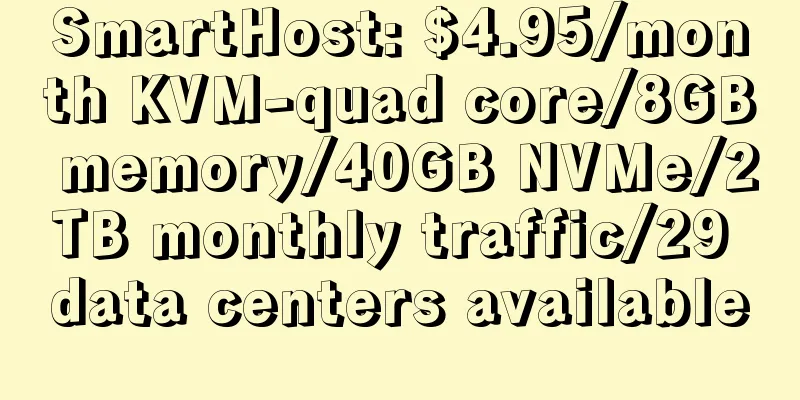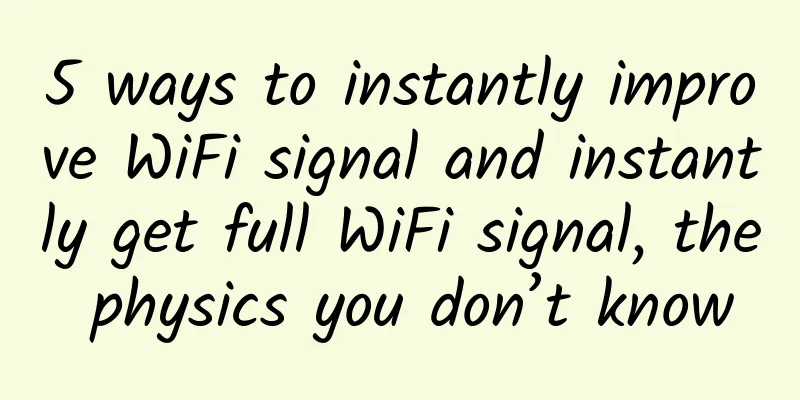What is a Computer Network Hub?

|
Quick definition: A computer network hub is a layer 1 connectivity device that retransmits received data to all of its ports. Unlike a network switch, a computer network hub does not break collision domains. Sometimes, studying for an IT certification requires learning about technology that is rarely seen in the real world; for many IT professionals, a computer network hub fits that description. While network hubs are less common in modern network designs, they still appear on some exams. Despite this, some computer network hubs still exist. Understanding them helps in understanding important basic networking topics such as collision domains, layer 1 connections, and full-duplex vs. half-duplex. With this in mind, let's take a closer look at computer network hubs! What is a Computer Network Hub?Computer network hubs are layer 1 network devices that are no longer common in modern networks, but still occasionally appear in older systems and network exams. For most modern use cases that might require a network hub, a layer 2 switch, port mirror, or network tap is usually a better choice. Hubs are standard for 10Mbps 10BASE-T networks, and devices are usually connected to a computer network hub using an Ethernet cable with an RJ45 connector. However, technically it can use a different connection medium, so an RJ45 connection is not necessary for a device to function as a hub. One of the most important defining characteristics of a hub is what it doesn't do. Hubs do not prevent network collisions because a single hub only provides a single collision domain. Understanding the importance of this is probably the most important reason for aspiring network professionals to learn about computer network hubs. Computer Network Hubs vs. Network Switches: Why Collision Domains MatterNetwork hubs are not often used anymore, as network switches can handle most use cases and break up collision domains. Collision domains are segments of a network where data transmissions may collide on the network medium (such as a cable) and require retransmission. These retransmissions can cause congestion and delays on the network. In the past, cost was a reason to use a hub, but today the cost of unmanaged switches is low enough that it is no longer a factor in the decision. What are the 3 most common types of computer network hubs?I will only give two of the questions a technically correct label in the question “What is a network hub?” There are three common computer network hubs you’ll see online. They are: Passive: These hubs do not amplify the network signal and retransmit the data to all ports. Active: In addition to retransmitting data to all ports, an active network hub can also act as a signal booster, extending the Ethernet signal. Smart: Most descriptions of "smart" hubs are really descriptions of other network devices. Generally, if a hub has additional switching, management, or monitoring capabilities, it is described as a smart hub. What are the functions of a computer network hub?A computer network hub has two main functions: receiving and transmitting network data through all of its ports. In the case of powered hubs, a computer network hub can also act as a signal booster. Let's take a closer look at these three functions. Rx: receive data, Tx: send dataThe basic functions of a hub in a network are:
All this Tx and Rx stuff can be confusing to aspiring network professionals, but it's pretty straightforward once you understand what they mean. They're just shorthand for transmit (Tx) and receive (Rx). In networking, physical connections are usually made through cables and connectors (wireless connections are a notable exception). These connections usually use one wire or "pin" per connection. In 10BASE-T network communications, the host uses pins 1 and 2 to transmit data and pins 3 and 6 to receive data. Therefore, pins 1 and 2 are "Tx" and 3 and 6 are "Rx." Connecting devices such as hubs swap Tx and Rx by using 1 and 2 to receive and 3 and 6 to send. Today, automatic MDI-X detection on network interfaces makes this less important in practice, but in the days of network hubs, technicians often struggled to find crossover cables to cope with different port pinouts. Enhanced signalSometimes, a signal needs to travel farther. Just as a WiFi extender can boost a wireless signal, an active network hub can act as a repeater for a wired connection. An active computer network hub is a possible solution for weak signal strength or for extending a cable beyond 100 meters (the typical maximum length for twisted pair Ethernet cables). Are there any modern use cases for network hubs?Computer network hubs are virtually legacy technology today. There are a few situations where a hub can be helpful. For example, some IT professionals buy a network hub when they want to broadcast traffic to multiple Ethernet ports so that they can easily sniff traffic from other systems using tools such as Wireshark. However, a network tap or switch that supports port mirroring may be a better solution for a production environment. Additionally, because computer network hubs are not full-duplex and do not support modern network speeds, introducing them into a network can create performance issues. Similarly, a hub might be a quick way to connect devices for troubleshooting or replacing a broken switch, but a standard network switch might be better. How to Set Up a Computer Network HubThe setup process for a computer network hub is similar to that for an unmanaged Layer 2 switch. While the specifics may vary depending on the model, the general process is as follows: Plug the hub into a power source if necessary: Hubs (especially powered hubs that amplify the signal) typically require power via an AC power cord, wall wart, or similar power connector. Connect network devices to network ports: In the days of 10BASE-T connections, hubs were very popular. You might connect an Ethernet cable using an RJ45 connector. Connect the device to the uplink port: On modern networks, this step may not be required, but it may be present. Some hubs include an "uplink" port for connecting to another hub. Uplink ports are implemented in a number of different ways, including using pins that are already "crossed over" to avoid the need for a crossover cable that switches the transmit (Tx) and receive (Rx) pins. Check connectivity: At this point, the network devices should be able to communicate. Most hubs have diagnostic LEDs that can help confirm status such as power, conflicts, and port activity. How to Troubleshoot Network Hub ProblemsSome network hub-related problems are easy to diagnose, while others are a little more complicated. Let’s look at how to troubleshoot different network hub problems. No power supplyThere is power but no connectionIf the hub is powered but connected devices are not receiving a network connection, there may be several issues. To begin troubleshooting, make sure all cables are securely connected. Then, use the following troubleshooting steps to narrow down the problem:
Network performance issuesIf adding a network hub causes issues such as latency, jitter, and reduced network throughput, one of the quickest troubleshooting steps may be to add an unmanaged switch. If this resolves the issue, the root cause may be increased contention on the network. In the past, it would have been wise to review the network architecture and see if design practices such as the 5-4-3 rule could help. However, today, installing a network switch may be a faster and better way to solve the problem. SummarizeWhether you're studying for your next certificate, trying to figure out how an old device you found in a wiring closet works, or just interested in brushing up on your networking basics, understanding computer network hubs can be helpful. While this legacy technology might not be at the top of your network modernization shopping list, it can still be useful in certain niche situations and is worth learning. |
<<: Global 6G market expected to reach $20 billion by 2028
>>: What exactly are big and small ends in communication protocols?
Recommend
The three major operators secretly cut 5G prices. Users: The private 9-yuan package is still more attractive
According to customer service, the 5G network tra...
Can the heavy fine on Alibaba serve as a wake-up call for the Internet giant?
The State Administration for Market Regulation ha...
80VPS: Korean CN2 server starting from 350 yuan/month, 2*E5-2450L/8GB/1TB/10M bandwidth/quick launch
80VPS is a Chinese hosting company that was estab...
LisaHost: Los Angeles dual ISP/residential IP hosting 10% off starting at $61/month, triple-network AS9929 backhaul
LisaHost recently added a series of Los Angeles d...
Tencent Cloud Tiger Year Rewards: 2C2G4M cloud server for 5 years for only 330 yuan, Shanghai/Guangzhou/Beijing/Nanjing/Chengdu data centers available
In addition to the New Year purchasing activities...
IoT and 5G: Transforming Public Transportation Systems
Smart cities collect data from different connecte...
SmartHost: 40% off large hard drive VPS promotion, starting at $4.17/month, 8 data centers to choose from
SmartHost has launched a promotion for Storage VP...
Ten IT jobs that will be eliminated by AI
Will AI replace or empower us? This is a question...
The US 5G license auction amount has reached 69.8 billion US dollars, breaking the historical record
The Federal Communications Commission (FCC) is co...
Smart home wiring, wired or wireless?
Smart home veterans all know that wired systems a...
China successfully obtained a patent for 6G technology, which is 50 times faster than 5G. Foreign media lamented: The speed is too fast
Nowadays, the development of the Internet is real...
How 5G and WiFi 6 will impact critical sensor applications
We live in an age where wireless communications a...
What is the success or failure of SDX?
SDN and SDS have been proposed for many years, bu...
ZJI Golden Autumn Brings Coolness: 40% off on Hong Kong Kwai Wan High Defense Servers, 32% off on designated models in Hong Kong Tai Po
ZJI has launched the second wave of its September...
Huawei's cloud computing efforts drive urban cloud computing industry upgrades
[51CTO.com original article] Entering 2017, the r...





![[6.18]DogYun: Top up 100 yuan and get 10 yuan, 30% off for Dynamic Cloud, 20% off for Classic Cloud, 100 yuan off for Dedicated Server per month, up to 50% off for Lucky Wheel](/upload/images/67cac32ce6eaa.webp)



